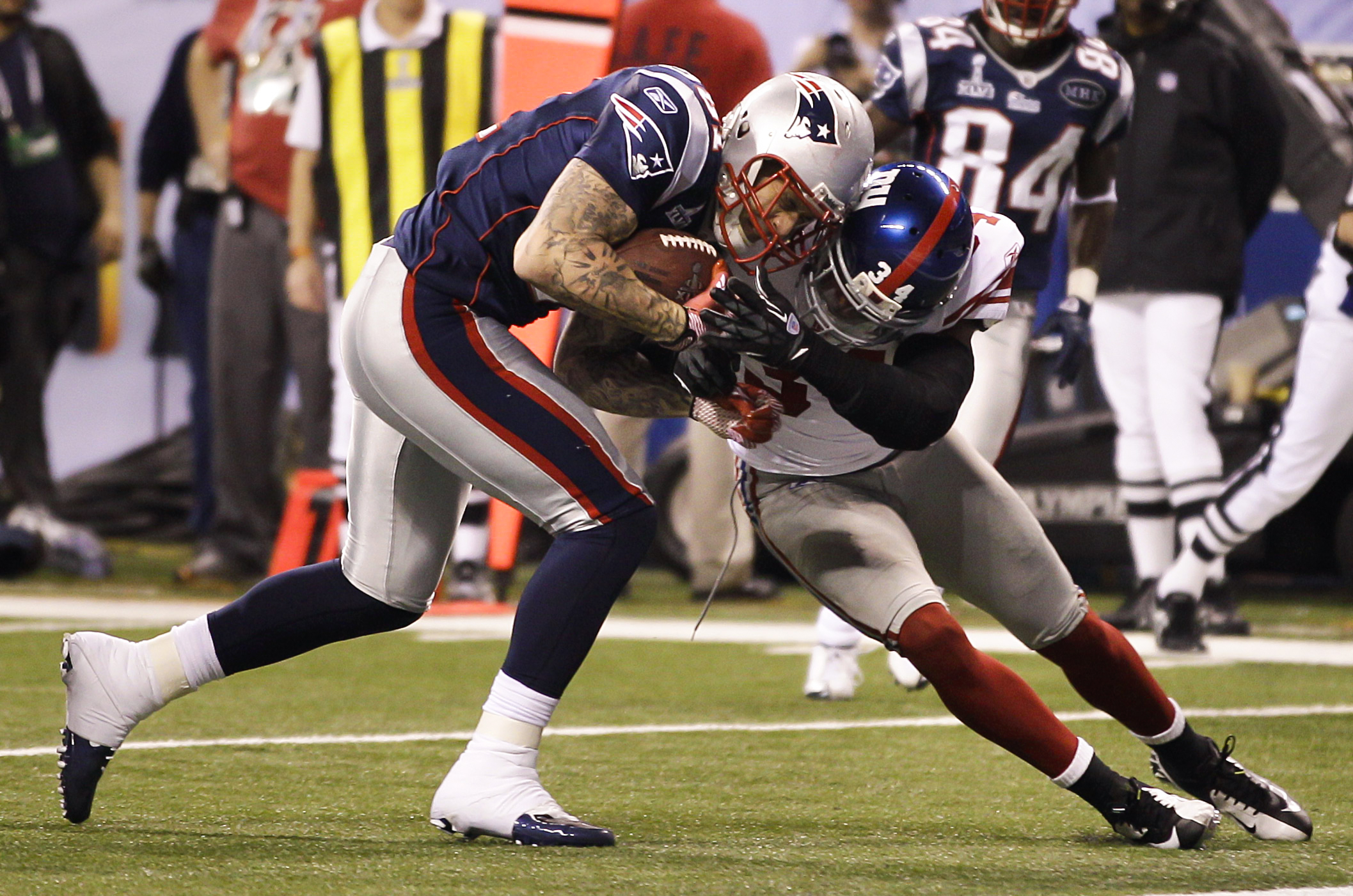
244. That’s how many known cases of traumatic brain injuries have been reported by QuintilesIMS, an independent health research company, in the National Football League (NFL) during the 2016 season. Countless others may have gone undetected, especially as QuintilesIMS recently penned a 5-year statistics collecting deal with the NFL. As the numbers of head injuries continue to proliferate, the NFL faces a crisis this year: how to appease the discontentment of players, given the unearthed findings regarding brain injuries, while retaining the physical contact innate to the sport.
Although football is ingrained in American culture, with 111.19 million people tuning into last year’s Super Bowl, historically very little has been done by the NFL to take precautions against concussions, or, as the medical sector has begun to call them, traumatic brain injuries (TBI). In recent years, staggering evidence has been compiled illustrating the egregious effects of TBIs, including the repercussions that remain potent far after concussed players have retired from football. Just this year, a prolific neuroscience team at Boston University conducted studies on the brain tissues of deceased former players and found that 177 out of 202 players (87%) showed evidence of Chronic Traumatic Encephalopathy (CTE.) The Mayo Clinic, an organization that retains a database dedicated to medical research, describes CTE as “brain degeneration likely caused by repeated head traumas.” Some of the agreed-upon symptoms of CTE include difficulty thinking (cognitive impairment), depression or apathy, short-term memory loss, substance abuse, and suicidal thoughts or behavior.
A finding published on UpToDate, a leading online database utilized by clinicians worldwide, concluded that “many other headache syndromes may occur in association with mild TBI.” These syndromes include occipital neuralgia, trigeminal nerve injury, hemicrania continua, as well as several others. Another finding published on the medical resource details that for most people who suffer multiple blows to the head, there is a likelihood to develop short and long-term sequelae. This might consist of post-traumatic vertigo, post-traumatic epilepsy, as well as the aforementioned CTE.
One of the most shocking findings was in an article published by the Journal of Neurology, Neurosurgery, and Psychiatry in 2011, which wrote that “at least one cohort study that included patients with mild TBI found that patients had increased mortality rates compared with controls for at least 13 years after mild TBI.” This demonstrates that head injury is associated with increased vulnerability to death.
Swelling awareness surrounding head injuries in the NFL is not only apparent in academia, but also in popular culture. “League of Denial,” a book that focused on the NFL’s erasure of the effects of brain injuries, was released in 2013, with PBS subsequently making a documentary based on the book. This infuriated the NFL, which denied the allegation. In 2015, the film “Concussion” starring Will Smith was released, centering on real life forensic pathologist Dr. Bennet Omalu, who began to discover the brain injuries affecting football players. A box office disappointment, the movie grossed just $10.5 million. Journalists have pointed to a number of reasons for the failures. First, the NFL chose not to respond to their release, thus avoiding a controversial flurry of headlines. Film critics also posited that the plot should have been less focused on Dr. Omalu, and more oriented towards the repercussions on the present day NFL, by incorporating Roger Goodell, the current NFL commissioner, into the film.
For the owners and managers of teams, the dearth of attention paid to brain injuries is both competitively and economically advantageous. The valuations placed on each of the 32 franchises exceeds $1.5 billion. When asked about the connection between football and CTE, Dallas Cowboys owner Jerry Jones called it ridiculous.
Goodell recognized that “In recent years, there has been a much sharper focus on concussions in football and other sports.”
This focus may account for the NFL’s 2013 push to place independent neurologists on the sidelines of games, as well as further amending rules; however, in the past year, the NFL has drastically reduced these measures.
Players have already begun to take action. Following his extremely successful rookie season, Chris Borland decided to leave the league. In an interview with ESPN, Borland explained that given the extensive amount of research highlighting brain injuries in football, he did not think playing football was “worth the risk.” Jason Worilds, Justin Smith, Patrick Willis, and Jake Locker all retired in 2015, leaving their prime playing years on the table. For other football players, it was too late. Safety Dave Duerson killed himself in 2011, leaving behind a note imploring the public that his brain be used for medical research. This request was actualized by Boston University. It later confirmed that due to suffering multiple concussions while playing, Duerson had CTE. Similarly in May of 2012, Hall of Fame linebacker Junior Seau committed suicide. He also exhibited signs of CTE, including serious insomnia, for which he had been on medications for several years. Seau’s family requested that his brain be used for research. Like Duerson’s relatives, the family faced the tragic news that he showed definitive signs of CTE, a result of suffering repeated blows during his time in the NFL.
With the increase of research on head injuries, one can only hope that NFL can compromise the atmosphere of masculinity and excessive wealth to begin to protect the players of America’s beloved entertainment source.
Rosa Munson-Blatt can be reached at rmunsonblatt@wesleyan.edu.
Correction: The article previously stated that 261 concussions occurred in the 2016 season.


Leave a Reply